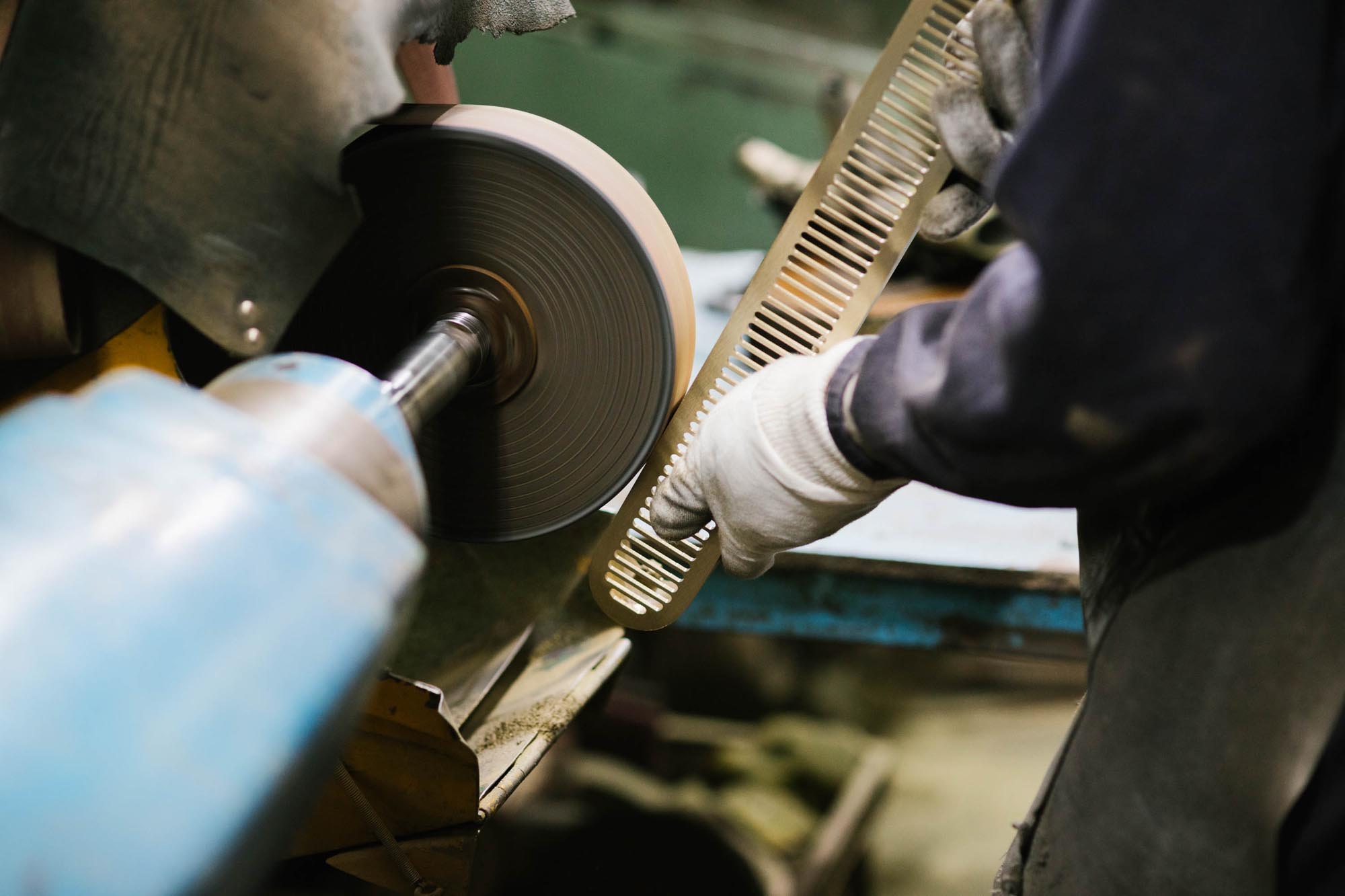Seating
Armchairs
Chairs
Lounge Chairs
Rocker Chairs
Chaise Longues and Day Beds
Swivel Chairs
Folding Chairs
Stacking Chairs
Sofas
Modular Sofas
Poufs and Ottomans
Benches
Stools
Categories
Furniture

Seating
Armchairs
Chairs
Lounge Chairs
Rocker Chairs
Chaise Longues and Day Beds
Swivel Chairs
Folding Chairs
Stacking Chairs
Sofas
Modular Sofas
Poufs and Ottomans
Benches
Stools
Lighting

Accessories

Editions

Collections

Brands

Inspiration







































































